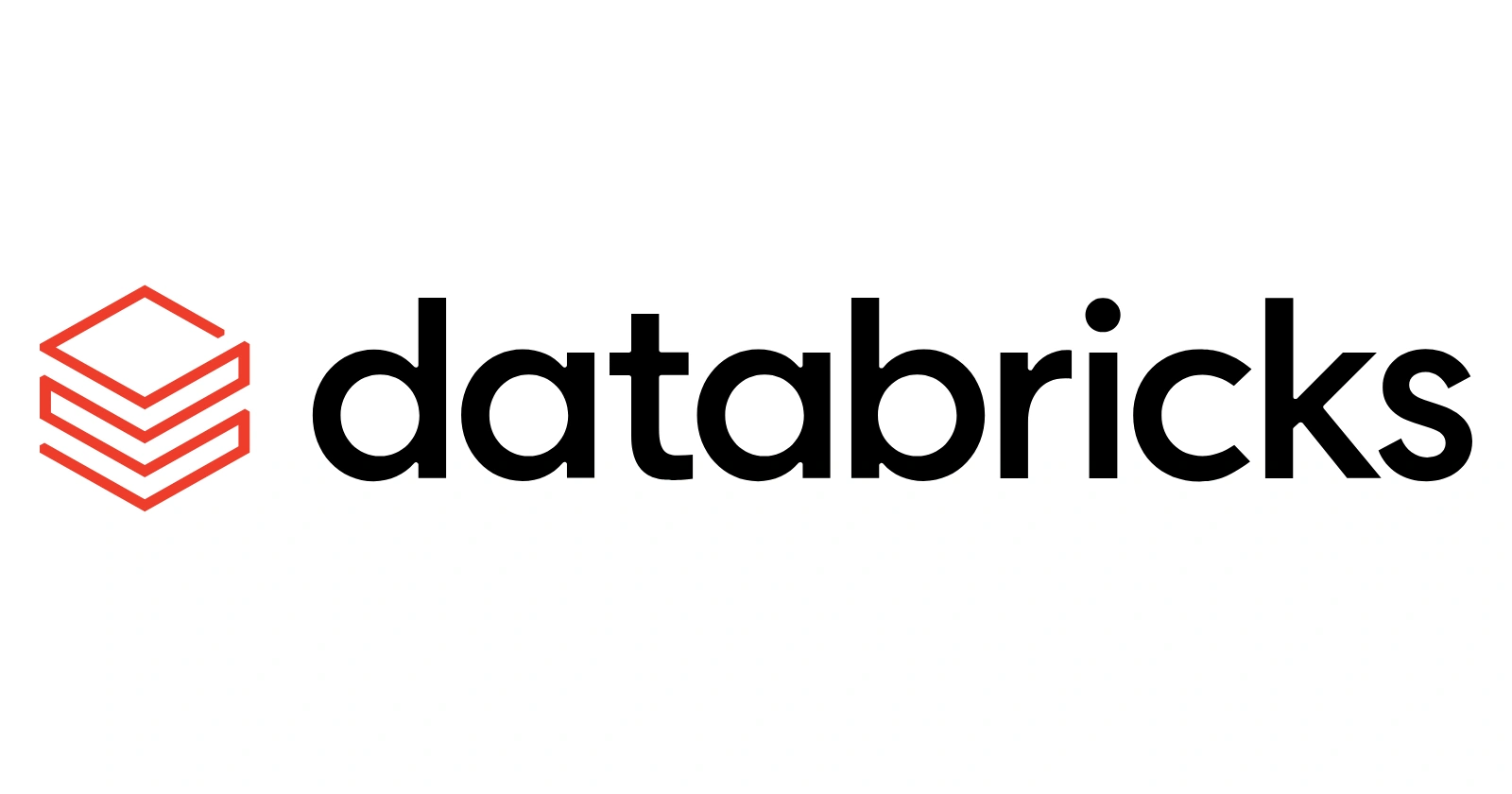Databricks has made headlines with its latest acquisition of Tecton. This strategic deal targets the heart of enterprise AI challenges. Real-time data processing stands as a critical need in today’s fast-paced digital landscape.
Enterprises demand seamless AI workflows that respond instantly. Tecton’s expertise fills this gap perfectly. The acquisition underscores a shift toward integrated AI platforms. Businesses now seek tools that unify data management and machine learning operations. This development promises faster innovation and stronger competitive edges.
Understanding the Databricks-Tecton Deal
Databricks announced the acquisition of Tecton on August 22, 2025. The transaction involves Databricks’ private shares. Specific financial terms remain undisclosed. Tecton last held a valuation of $900 million from its 2022 funding round. The startup employs around 90 to 250 people, depending on sources. Founded in 2020 by former Uber engineers Jeremy Hermann, Kevin Stumpf, and Mike Del Balso, Tecton builds on their creation of Uber’s Michelangelo platform. Michelangelo handles real-time tasks like pricing and recommendations at Uber.
This deal aligns with Databricks’ push into AI agents. CEO Ali Ghodsi highlighted Tecton’s role in reducing AI response times. Speed matters in user-facing applications. Voice interactions and interactive services require low latency. Tecton’s software enables large-scale data analysis with minimal delays. It automates data pipelines for structured and unstructured data. This turns raw inputs into AI-ready features efficiently.
Databricks and Tecton shared prior connections. In 2022, Tecton partnered with Databricks and competitor Snowflake. Both platforms invested in Tecton. Clients like Coinbase use both companies’ services. The acquisition deepens these client relationships. It ensures smoother integration for shared users.
Tecton’s Core Offerings and Innovations
Tecton specializes in feature stores for machine learning. A feature store serves as a centralized repository for curated features in machine learning. It manages historical and live data access. This ensures consistency between training and inference phases. Tecton’s platform focuses on real-time capabilities. It achieves 100ms freshness and sub-10ms latency. Features include automated pipelines via infrastructure-as-code. It supports flexible compute with Python, Spark, and SQL.
Key innovations from Tecton include:
- Online and offline consistency to prevent data skew.
- Ultra-low latency serving using DynamoDB and Redis.
- Streaming aggregation for real-time updates.
- Automated backfills for streaming data.
- Declarative framework for fast iteration and safe deployments.
Use cases span fraud detection, personalization, and agentic AI. Companies like Atlassian and HelloFresh rely on Tecton. The platform avoids pipeline rewrites. It promotes feature sharing and governance. This reduces rework and compute waste in enterprises.
Tecton’s funding history reflects strong investor confidence. It raised $160 million across rounds. Early backers include Andreessen Horowitz and Sequoia Capital. A $5 million seed round in 2018 supported its ML feature platform. Series A ($20 million) and B ($35 million) in 2020 expanded its reach. Kleiner Perkins led a $100 million Series C in 2022. Bain Capital Ventures also invested. These funds scaled engineering and market teams.
Databricks’ Broader Acquisition Strategy
Databricks pursues aggressive growth through acquisitions. This approach builds a comprehensive AI ecosystem. The company leverages its high valuation for deals. Recently, it signed a term sheet for funding over $100 billion. This marks a 60% rise in eight months. Such valuation enables stock-based acquisitions like Tecton.
Databricks’ history shows a pattern of targeted buys. It focuses on data, AI, and ML enhancements. Notable acquisitions include:
- MosaicML in 2023 for $1.3 billion, boosting generative AI.
- Tabular in 2024, creators of Apache Iceberg for data formats.
- Einblick in 2024 for natural language data analysis.
- Arcion in 2023 for data ingestion.
- Okera in 2023 for AI data governance.
- Neon in 2025 for serverless PostgreSQL databases.
- BladeBridge in 2025 for AI-driven data warehouse migration.
This spree creates a one-stop AI platform. Databricks unifies data lakes, compute, and analytics in its Lakehouse. Tecton completes the real-time ML piece. It bridges data engineering and model deployment gaps.
| Acquisition | Year | Focus Area | Approximate Value |
|---|---|---|---|
| MosaicML | 2023 | Generative AI | $1.3 billion |
| Tabular | 2024 | Data Formats (Apache Iceberg) | Undisclosed |
| Einblick | 2024 | Natural Language Analysis | Undisclosed |
| Arcion | 2023 | Data Ingestion | Undisclosed |
| Okera | 2023 | Data Governance | Undisclosed |
| Neon | 2025 | Serverless Databases | $1 billion |
| BladeBridge | 2025 | Data Warehouse Migration | Undisclosed |
| Tecton | 2025 | Real-Time Feature Store | Undisclosed (Stock) |
This table illustrates Databricks’ focus on filling ecosystem gaps. Each buy enhances scalability and speed.
Enhancing AI Agents with Real-Time Capabilities
Databricks’ Agent Bricks stands as its flagship for AI workflows. It builds and automates agent-based systems. Agents handle tasks like decision-making and interactions. Tecton’s integration feeds real-time data into these agents. This cuts latency in applications. Humans expect instant responses in voice or chat interfaces.
Key benefits include:
- Faster deployment: Operationalize models in minutes.
- Scalability: Handle enterprise-level queries per second.
- Consistency: Align training and serving data.
Competition heats up in AI tools. Snowflake mirrors this strategy with its own acquisitions. Both aim to dominate post-cloud AI infrastructure. Real-time processing emerges as a bottleneck. Tecton’s Uber roots prove its mettle in high-stakes scenarios. Uber’s pricing decisions rely on similar tech.
The Growing MLOps Market Landscape
MLOps represents the fusion of machine learning and operations. It streamlines ML lifecycle from development to production. The market grows rapidly. Projections show the MLOps market reaching USD 3,032.4 million in 2025. It forecasts USD 16,613.4 million by 2030 with a 40.5% CAGR. Funding surged to $4.5 billion in 2024. Estimates predict over $6 billion in 2025.
Drivers include:
- Enterprise shift to AI-native infrastructure.
- Need for real-time pipelines and observability.
- Corporate VC involvement from Microsoft, Google, and Snowflake.
Startups like Weights & Biases and Arize AI attract investments. They address model monitoring and compliance. Consolidation looms as big players acquire specialists. Databricks’ moves position it as a leader. Feature stores like Tecton’s become essential infrastructure.
Investment and Industry Implications
Investors eye AI orchestration platforms. These integrate data, compute, and ML workflows. Feature stores gain prominence for dynamic models. Real-time updates prove vital. Corporate VCs signal integration trends. Their portfolios guide future deals.
Public market exits approach. Companies nearing $100 million ARR eye IPOs in 2026. Databricks’ strategy creates network effects. Modular tools reduce deployment friction. Enterprises scale from prototypes to production faster.
Challenges and Considerations in AI Integration
Acquisitions bring integration hurdles. Merging teams and tech requires careful planning. Databricks must align Tecton’s tools with its Lakehouse. Client transitions need smooth handling. Regulatory scrutiny grows in AI. Data privacy and ethics matter.
Despite challenges, opportunities abound. Enhanced platforms attract more enterprises. AI democratization spreads. Small teams achieve big results with unified tools.
Future Outlook for Enterprise AI
The Databricks-Tecton union signals a maturing AI landscape. Real-time AI agents will redefine business operations. From fraud prevention to personalized experiences, speed wins. MLOps evolves into core infrastructure. Platforms like Databricks lead this charge.
Innovation accelerates. Expect more acquisitions and partnerships. The post-cloud era favors integrated ecosystems. Enterprises gain agility in competitive markets. This acquisition sets a benchmark for AI advancement. It paves the way for seamless, intelligent workflows that drive growth.
As AI permeates industries, tools like these ensure reliability and efficiency. The future looks bright for real-time, scalable machine learning.
10 FAQs on Databricks’ Acquisition of Tecton
- What does Databricks do? Databricks provides a data and AI platform built on Apache Spark. It unifies data engineering, analytics, and machine learning.
- Who founded Tecton? Former Uber engineers Jeremy Hermann, Kevin Stumpf, and Mike Del Balso founded Tecton in 2020. They created Uber’s Michelangelo platform.
- Why did Databricks acquire Tecton? The acquisition enhances Databricks’ AI agent offerings. It focuses on real-time data for low-latency applications.
- What is a feature store? A feature store centralizes ML features. It ensures consistency and enables real-time updates for models.
- How does Tecton benefit AI agents? Tecton provides low-latency data pipelines. This speeds up responses in interactive AI services like voice agents.
- What is the MLOps market size? The MLOps market stands at about USD 3 billion in 2025. It grows at over 40% CAGR through 2030.
- Which companies use Tecton? Clients include Coinbase, Atlassian, HelloFresh, and Progressive. Many overlap with Databricks users.
- How does this fit Databricks’ acquisition history? It continues a spree including MosaicML and Neon. Focus remains on building a full AI stack.
- What challenges arise from such acquisitions? Integration of tech and teams poses risks. Ensuring seamless client transitions is key.
- What future trends does this signal? Consolidation in MLOps will increase. Real-time AI infrastructure becomes standard for enterprise scalability.



